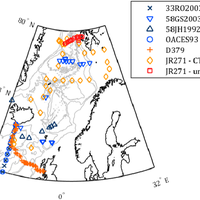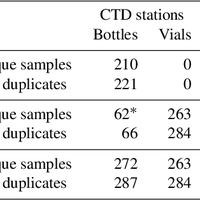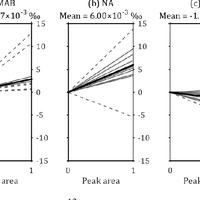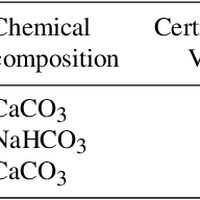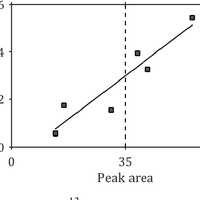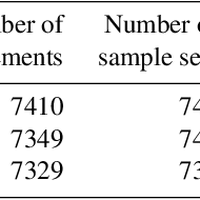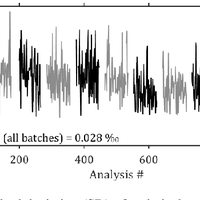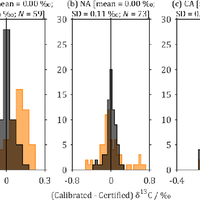Abstract
The stable carbon isotope composition of dissolved inorganic carbon (δ 13 C DIC) in seawater was measured in a batch process for 552 samples collected during two cruises in the northeastern Atlantic and Nordic Seas from June to August 2012. One cruise was part of the UK Ocean Acidification research programme, and the other was a repeat hydrographic transect of the Extended Ellett Line. In combination with measurements made of other variables on these and other cruises, these data can be used to constrain the anthropogenic component of dissolved inorganic carbon (DIC) in the interior ocean, and to help to determine the influence of biological carbon uptake on surface ocean carbonate chemistry. The measurements have been processed, quality-controlled and submitted to an in-preparation global compilation of seawater δ 13 C DIC data, and are available from the British Oceanographic Data Centre. The observed δ 13 C DIC values fall in a range from g-0.58 to +2.37 ‰, relative to the Vienna Pee Dee Belemnite standard. The mean of the absolute differences between samples collected in duplicate in the same container type during both cruises and measured consecutively is 0.10 ‰, which corresponds to a μ uncertainty of 0.09 ‰, and which is within the range reported by other published studies of this kind. A crossover analysis was performed with nearby historical δ 13 C DIC data, indicating that any systematic offsets between our measurements and previously published results are negligible. Data doi.org/10.5285/09760a3a-c2b5-250b-e053-6c86abc037c0 (northeastern Atlantic), doi.org/10.5285/09511dd0-51db-0e21-e053-6c86abc09b95 (Nordic Seas).
Figures
Register to see more suggestions
Mendeley helps you to discover research relevant for your work.
Cite
CITATION STYLE
Humphreys, M. P., Achterberg, E. P., Griffiths, A. M., McDonald, A., & Boyce, A. J. (2015). Measurements of the stable carbon isotope composition of dissolved inorganic carbon in the northeastern Atlantic and Nordic Seas during summer 2012. Earth System Science Data, 7(1), 127–135. https://doi.org/10.5194/essd-7-127-2015

